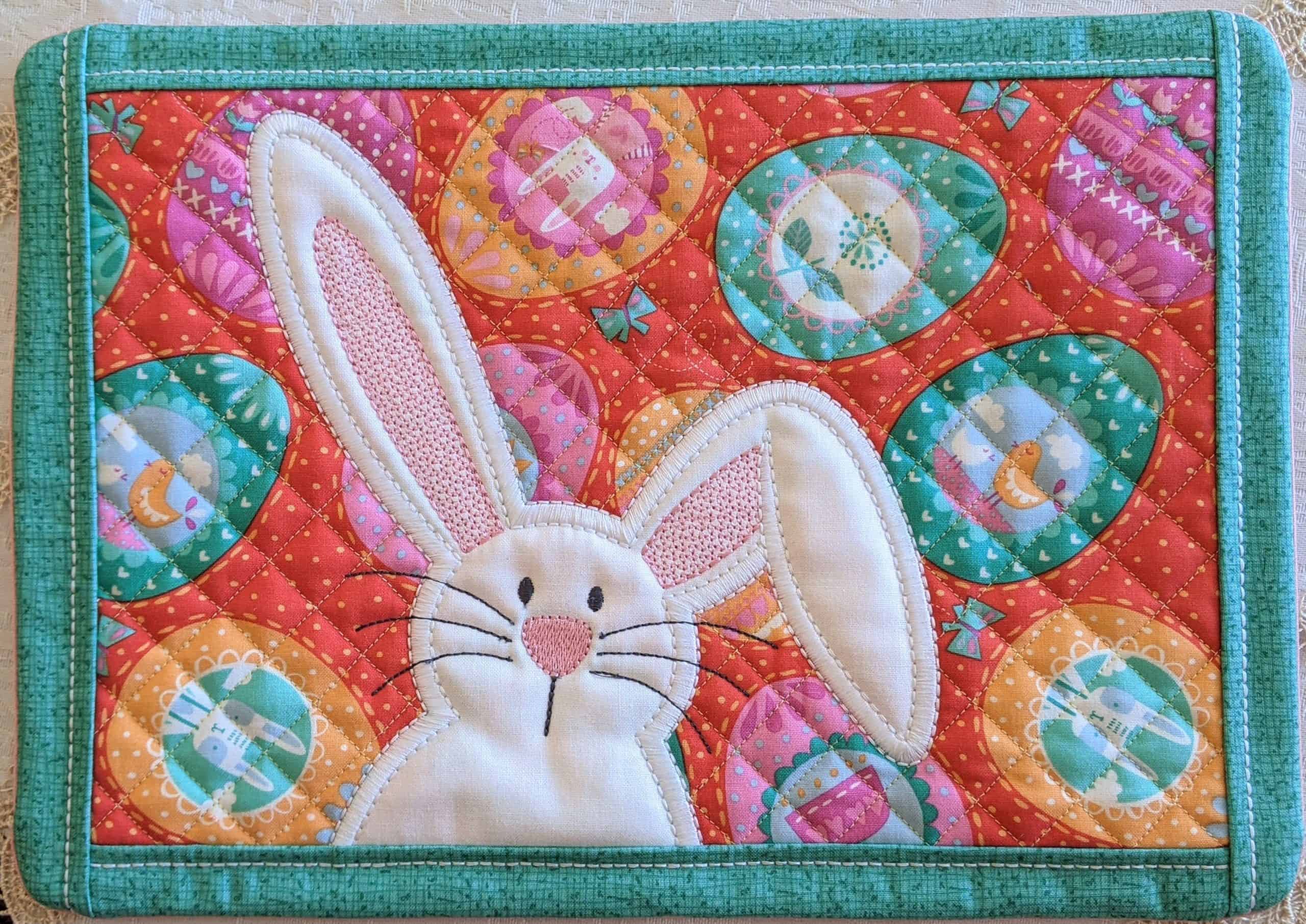The Basic Principles Of Unique Art
The Basic Principles Of Unique Art
Blog Article
Unique Art - An Overview
Table of ContentsLittle Known Facts About Unique Art.Some Known Details About Unique Art The 9-Second Trick For Unique ArtUnique Art Can Be Fun For AnyoneWhat Does Unique Art Do?
While one may discuss which art kind holds precedence, the fact continues to be that each of these seven kinds offers a distinct home window right into human history, society, and evolution. Unique Art. They are the tapestries that chronicle our journey, reminding us of our past while motivating visions for the future
To bring also much more dramatization, he expanded the paint. The curves, along with a spherical sconce, soften the edges. Structures vintage posters and maps of cherished areas established the scene.
Unique Art Fundamentals Explained
8 TRIA GIOVANEqual components grand and laidback, this foyer created by Anthony Baratta is the excellent plan to adhere to if you're enhancing an official entry that still really feels unfussy and comfy. Patterned textiles take spotlight (see the carpets and the sofa), yet they also aid bring the high ceilings to a human range when hung over wallpaper.
18 Heidi Caillier DesignA gallery wall surface does not need to use up the entire room. In fact, often a small one can make a bigger style declaration. In this living space, Hiedi Caillier selected micro-mini structures and an arbitrary composition. Advertisement - Continue Reading Below19 Stephen Kent JohnsonDesigner Juan Carretero went with a deep environment-friendly paint shade to contrast with the light wood coatings.
, the expression of concepts and emotions, with the creation of particular aesthetic qualities, in a two-dimensional aesthetic language. The aspects of this languageits shapes, lines, colours, tones, and texturesare made use of in different means to create sensations of quantity, space, activity, and light on a flat surface area. These aspects are combined right into expressive patterns in order to stand for real or superordinary phenomena, to interpret a narrative motif, or to develop wholly abstract aesthetic partnerships.
Later the concept of the "great artist" established in Asia and Renaissance Europe. Popular painters were managed the social status of scholars and courtiers; they signed their job, determined its design and often its subject and images, and developed a more personalif not always amicablerelationship with their clients. Throughout the 19th century painters in Western societies began to shed their social placement and safe patronage.
The Main Principles Of Unique Art
Others gained an income through touring events of their job. The requirement to appeal to a market had replaced the comparable (if much less impersonal) demands of patronage, and its effect on the art itself was possibly comparable. Usually, artists in the 20th century can get to an audience only through business galleries and public museums, although their work might have been sometimes replicated in art periodicals.

Do not duplicate the design of other musicians if you're searching for your style. Duplicating other individuals's artwork can be great in academic purposes however it will certainly not make you closer to finding your very own unique style. Your imaginative style needs to be, what you such as and what influences you.
Examine This Report on Unique Art
I would believe of your very own design as a design you repaint in naturally, when you let go of all thoughts and click for more info guidelines and simply concentrate on painting, not considering it. The style has to come normally to you when you are loosened up and you can not require it or it will not be your own style, simply another person's.
You need to try great deals of various options and check out whatever before you can concentrate on one specific style or you'll be bored, or worse, you'll hate your own style. So I suggest you to try each and every single topic that you're interested in, explore as much as you can. Attempt various mediums that excite you and new strategies you have actually never ever attempted prior to.
With time you'll be able to sort all of them right into your favored and the very least favorite categories. Attempt to concentrate your attention on the subjects and mediums that you like and prior to you see it coming you'll have your very own personal and distinct style, like no one else have! So in the end you'll have a couple of favored topics to paint this contact form and maybe a couple of favored tools (Unique Art).
The Facts About Unique Art Revealed
The design has to establish itself gradually with a whole this hyperlink lot of practice and experiments. Thanks for reviewing this message and if you have any type of concerns leave them in the remarks listed below, I would certainly more than happy to respond to these.
Report this page